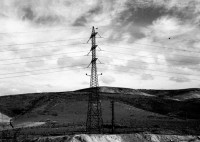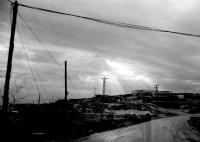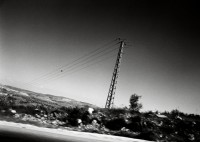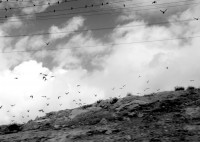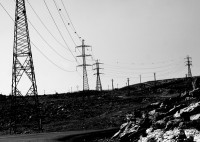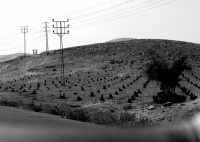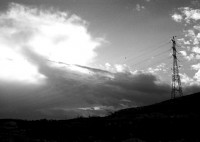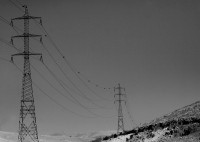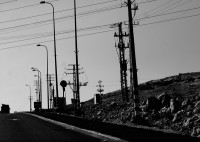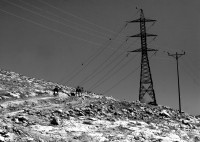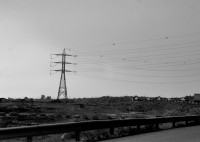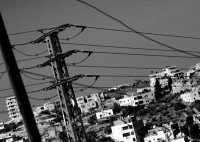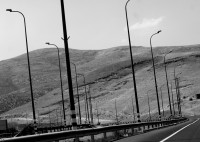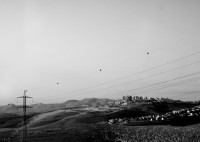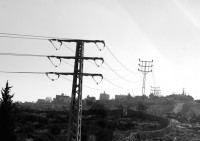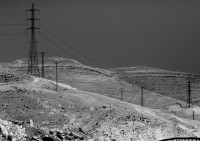Margins (2008)
text written for the exhibition at Delfina Foundation Space during my 3 month residency.
http://delfinafoundation.com/in-residence/yazan-al-khalili/tag/past/
Urban and suburban areas are full of ambiguous spaces, where the relationship between architecture and the environment is not one of obvious harmony, where the space feels unresolved or unsettling. Working with the urban environment as a landscape, Yazan Al-Khalili’s Margins, capture the emergent morphology of the city, whilst providing focus for the undefined, transitional space, which lie in-between two conurbations.
Concerned with the aesthetics of urbanity and modernity, at a global and local scale (on this occasion, in Palestine) Yazan’s work contributes to the definition of urban change with regards to space, but also time, as it foregrounds the temporality of modernity as a process of creative destruction and constant re-invention. The trauma of the modernising process is embodied in the tension between the visual aesthetics of the metropolis and those of the traditional landscape, while the enormity of this tension is absorbed by Yazan’s struggle for balance: between powerlines and the horizon, presence and absence. In this process, Yazan Al-Khalili transforms the banality of a space of transit into a place of contested narratives.
The identity of a community is imprinted on the physical environment that supports and sustains it. Yazan’s work seeks to debunk the popular cliches carried by orientalist representations of the East by focusing upon spaces that have been historically transformed or carry the signs of change and modernity. An attempt to frame the physical environment as a cultural artefact, Margins highlights how collective experiences and lives are visually evoked within such spaces, and how narratives of community coalesce with architectural space:
“As an architect I became concerned in the visual manifestations that are created in the cities I have lived in. These manifestations result from the interaction between humans and their living spaces, how space changes human culture and how human culture changes the architecture of the space. Using photography as a tool to explore the city, in its architectural and social environments, I try to position the city’s complexity and layers into visual form”.
Yazan’s photographs convey a sense of calmness that the Palestinian landscape seldom possesses. This is perhaps the reflection of the photographer’s own process of negotiation, readjusting his own boundaries, in his own time, in the face of such contestation of space (and identity), as in Palestine.
“In a situation like Palestine where controlling the space is the conflict itself, I wanted to look beyond the obvious, and see the details of the visual space – posters on the walls, road signs, taxi terminals, electricity lines, etc. – how they change the living space and how I relate to it.”
Yazan’s Margins are juxtapositions and cross-references of many images of the same subject taken from various perspectives—at street-level, from a traveling car, and so on, and over a certain period of time. In constructing these constellations of urban aesthetics, Margins becomes, through the production of a visual dialectics of the urban change, a critique of the tension between urban/rural and regeneration/decline whilst making visible what is damaged, degraded, forgotten, or lost in ever-expanding urban metropolis.
by Eva Langret for Margins exhibition at Delfina Foundation spaces 2008
